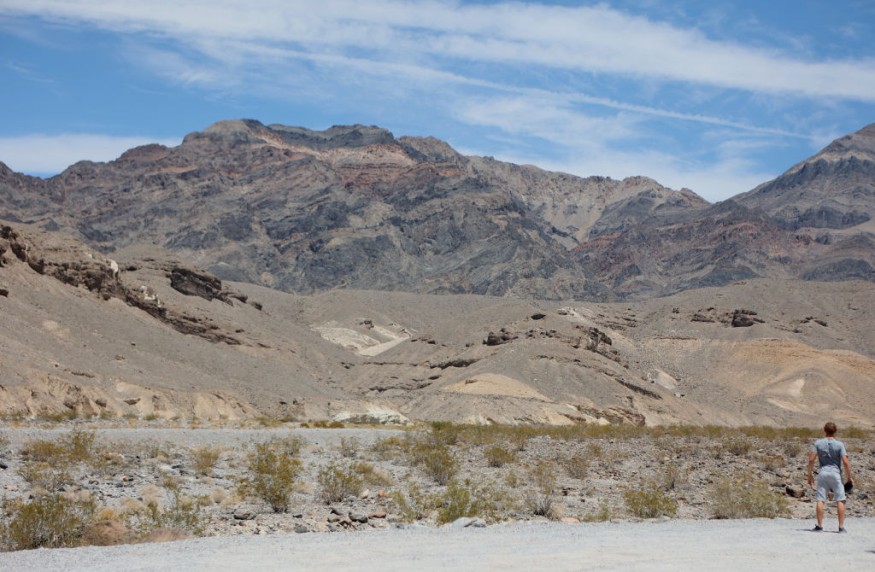Tourists at Death Valley National Park might need to wait a little longer to visit the park, as officials are unsure when it will be reopened after the damage sustained by the torrential rains of Tropical Storm Hilary.

The storm delivered 2.2 inches (six cm) of rain on August 20, about the amount of rain the park receives in a year.
The rainfall this year surpassed the previous record of 1.7 inches (four cm) in one day set in August of last year.
"Two inches of rain does not sound like a lot, but here, it really does stay on the surface," Matthew Lamar, a park ranger, said in an interview.
Lamar pointed out that two inches of rain could have a dramatic impact.
Major road repairs
As Hilary advanced, torrents of water surged across Death Valley, carving new gullies, displacing massive rocks, and undermining roads, including State Route 190, one of the park's main thoroughfares.
A 1,500-foot piece of pavement at Towne Pass was also "washed away," according to Christopher Andriessen, a spokesman for the California Department of Transportation, District 9.
A 40-foot-wide Arizona Crossing--a type of culvert--is gone east of Towne Pass, as are multiple stretches of pavement between Death Valley Junction and Olancha, including some as long as 300 feet. As a result, hotels and campers are closed in the area.
The anticipated cost of repairs is around $6 million, but that just includes State Route 190 and a tiny portion of State Route 136.
"We don't have a timeline yet," park spokesperson Abby Wines said in an interview. "Caltrans has said they expect to fully open 190 within three months, but they often are able to open parts of it earlier."
National Parks will open in stages
According to park officials, the park will most likely reopen in stages. Furnace Creek and Stovepipe Wells may not open for several weeks.
Acting superintendent Ben Roberts mentioned that mltiple national parks across the country have already sent their staff to assist the Death Valley National Park in its reopening stages.
He said that each day brings more progress in the efforts to reopen the park and repair roads and facilities, however, Roberts admitted that this would really take some time.
He further said that the Death Valley National Park is larger than the states of Rhode Island and Delaware, with over 1,400 miles of roads, which means there is a lot of work to do for its reopening.
Death Valley Park, which borders eastern California and Nevada, has the record for the world's warmest temperature, 134 degrees Fahrenheit (57 degrees Celsius), which was recorded in 1913.
Rain isn't uncommon in the generally desert area, but such enormous amounts pouring in consecutive years suggest a trend toward extreme weather linked to human-induced climate change, according to officials.
Lamar noted that climate models have indicated that the public would see more intense storms along with the higher temperatures that residents have been experiencing.
Lamar also said no one storm could prove climate change, but when it keeps on happening, it is most likely to develop a trend.
Related Video:
© 2025 NatureWorldNews.com All rights reserved. Do not reproduce without permission.





